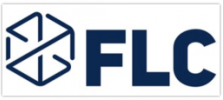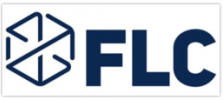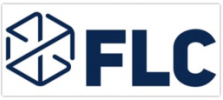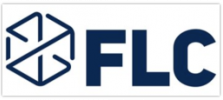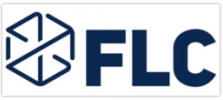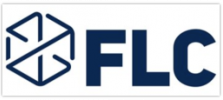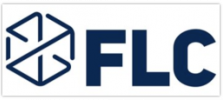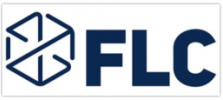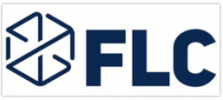Novel Protein-Like Therapeutics for Treatment of Cancer
Cancer is caused by the improper regulation of cascading signals, or pathways, within the cell. One of the most prevalent means of fighting cancer involves the development of small molecule drugs and biologics that target and bind various proteins to disrupt certain pathways. The Hedgehog pathway is involved in embryonic development and is activated in many different tumor types. Smoothened (SMO) is a protein that plays an integral role in this pathway.

